
Trains are a significant cause of our past disruptions. We will spend over $1 billion to expand and upgrade our train fleet. These new trains will help address past train-related faults. 99 new trains will be delivered progressively from now till 2019. This is a considerable but necessary investment to improve our train reliability.
With these new trains, more trains can undergo maintenance during operating hours without affecting service standards. We can also have a number of “hot” stand-by, to be deployed quickly when a train breaks down.
But even with better trains, they still need to be properly maintained, so our focus on train maintenance will remain a perennial priority.
Another major cause of past disruptions was track-side systems, such as the signalling system and third rail. To address this, we are restoring and upgrading the systems. By 2018, we will have new sleepers, third rail, and signalling systems for our oldest North-South and East-West Lines. We would have rejuvenated these older lines, which will then be as good as new.
Like trains, we also have to ensure stringent maintenance standards are adhered to. LTA is deploying more personnel to conduct more regular and tighter audits, as well as to better understand the operational realities.
Three months into the job, I am more optimistic that we know what we need to do. But there are still some wild cards. Unlike incidents that we can attribute to maintenance and ageing, there are some incidents caused by unforeseen factors. Mr Tan Gee Paw called them “rats”. They can cause system-wide disruptions. Unfortunately, they are also the most difficult to prevent.
Here’s an example of such a “ratty” problem: We have in recent years added significant capacity to existing lines by adding more trains, and also running them at higher frequencies. While LTA has ensured that these additional trips are kept within the power capacity that the system was designed for, greater power loading means thinner buffers for faults. Thinner buffers can become a breeding ground for “rats”.
To address the increased loading, LTA had been rapidly upgrading the power system (e.g. expanding the capacity of 10 electrical substations to better support the NSEWL). We would like to do the upgrade faster and complete it earlier, but LTA has the same constraint in the shortage of engineering hours (when train services cease) for these major works and maintenance. But LTA will do its best to speed up the work.
As you can see, “rat-catching” goes beyond routine maintenance. It has much to do with the design of the rail line and system, and a proper understanding of local ground conditions and creating enough buffers to cushion the unknowns. To battle the unknowns, we also have to build up an army of experts with years of experience. This takes time, but we are determined to get there.
One practical way to start off is to tap on the collective wisdom of the industry. LTA is setting up an Independent Advisory Panel for Power Supply, comprising experts from industry, academia and foreign operators, to:
- Examine all recent power-related incidents,
- Assess the resilience of the current power system,
- Identify any potential system gaps and recommend mitigating measures, and
- Determine the timing for the next power system upgrade.
“Rats” do not exist only in the power system. With more trains plying existing lines, wear and tear of the rail tracks have increased. LTA and SMRT have been carrying out a complete system check on critical components showing recent defects or failure, and are changing out defective and degraded parts ahead of schedule where required.
In addition, LTA will also set up a standing Expert Audit Panel (EAP), with members drawn from the German, Hong Kong and Japanese rail operators. They will visit us regularly, examine the reliability of our rail system, and help us achieve excellence in rail operations and maintenance. I have asked Mr Tan Gee Paw to chair this Expert Audit Panel.
Soon we will welcome the New Year. We are certain that it will be another hectic and busy year for us in the MOT.
We have to ensure Singapore remains a competitive global hub for the aviation and maritime industries. We will press on with the transformation of our public transport system, so that more Singaporeans can move around with ease.
In particular, our eyes remain focused on upping rail performance, minimising train breakdowns, and avoiding large scale train disruptions, while ensuring the timely implementation of several new rail lines.
It will be a busy year for sure. There may still be some disappointments and upsets. I hope Singaporeans will bear with us, and continue to give us your moral support. It means a lot to us working in the trenches and in the wee hours of the day.
Happy New Year, fellow commuters!
Please visit the MOT Facebook to leave a comment!

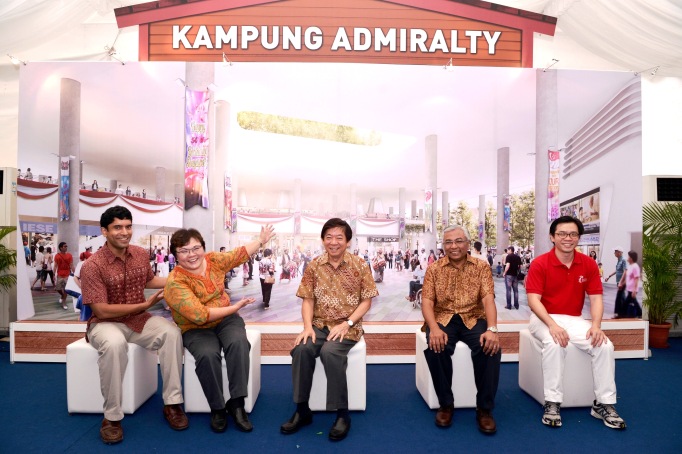
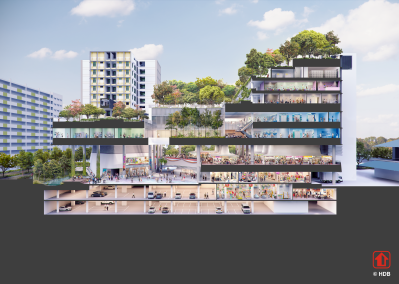
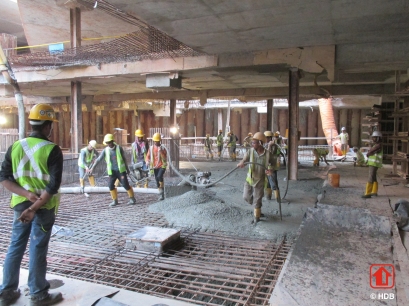



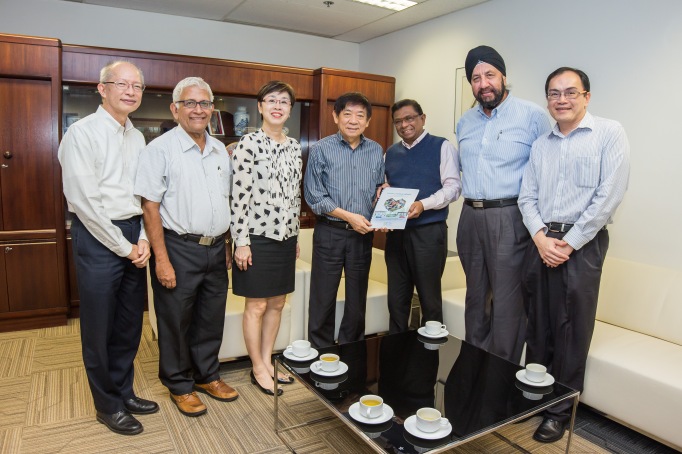

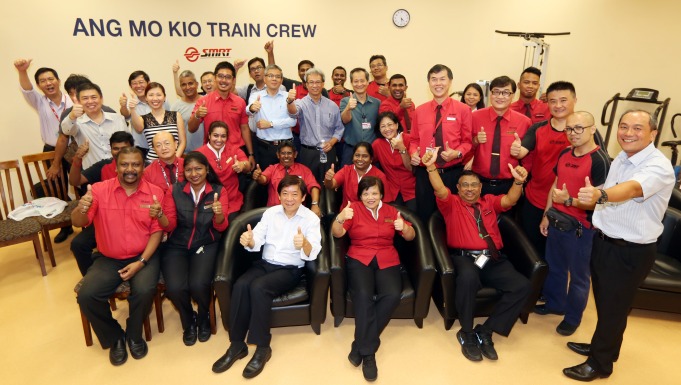
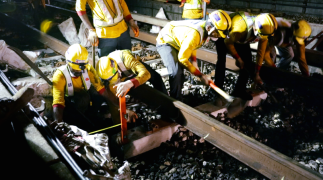
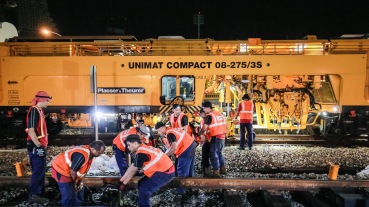

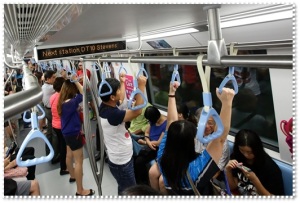 This has also brought benefits to the rest of the network. Some 5% of commuters on the East-West Line, for instance, have shifted to the DTL. This has reduced crowding slightly at stations like Jurong East. Buses that ply the DTL2 corridor are also less crowded.
This has also brought benefits to the rest of the network. Some 5% of commuters on the East-West Line, for instance, have shifted to the DTL. This has reduced crowding slightly at stations like Jurong East. Buses that ply the DTL2 corridor are also less crowded.






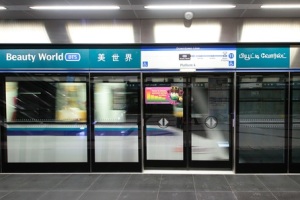 Come 27 December, Downtown Line 2 (DTL2) with its 12 new stations will begin operation. LTA and SBST engineers have spent many months preparing and testing the entire system, from the operations control centre to the trains and tunnels. This includes a very large number of tests on the integration between DTL1 and DTL2. By the time of the opening, they would have chalked up thousands of tests.
Come 27 December, Downtown Line 2 (DTL2) with its 12 new stations will begin operation. LTA and SBST engineers have spent many months preparing and testing the entire system, from the operations control centre to the trains and tunnels. This includes a very large number of tests on the integration between DTL1 and DTL2. By the time of the opening, they would have chalked up thousands of tests.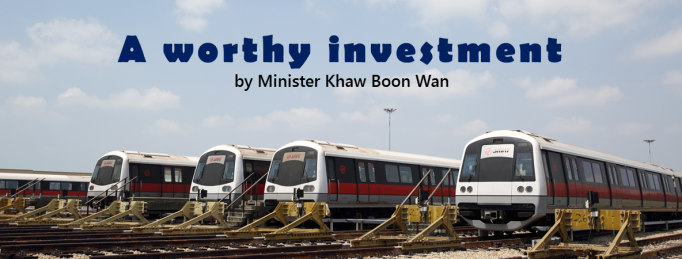
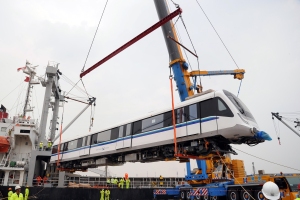 From this year to 2019, we will be adding 99 new trains: 57 for NSEWL, 18 for the North East Line and 24 for the Circle Line. These new trains will have improved propulsion systems, and more reliable and durable AC synchronous motors which require less maintenance. The new NSEWL trains will also have electric train doors that need lower maintenance and will eliminate air leakage problems associated with the older pneumatic doors. The operations data for each train door will be logged and stored for the maintenance crew to pre-empt door faults before they occur.
From this year to 2019, we will be adding 99 new trains: 57 for NSEWL, 18 for the North East Line and 24 for the Circle Line. These new trains will have improved propulsion systems, and more reliable and durable AC synchronous motors which require less maintenance. The new NSEWL trains will also have electric train doors that need lower maintenance and will eliminate air leakage problems associated with the older pneumatic doors. The operations data for each train door will be logged and stored for the maintenance crew to pre-empt door faults before they occur.
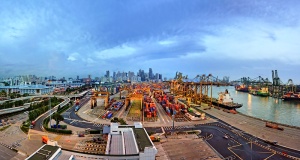 In our early years, Singapore benefitted greatly from the training and technical assistance generously provided by developed countries and the international community, including in maritime affairs. With their expert advice and support, we were able to create good jobs, transform our city, and build a better home for Singaporeans. And Singapore’s port has become one of the world’s busiest and sits on a vital sea lane for global shipping – with 1,000 vessels at any one time in our port, and a ship leaving or arriving here every two to three minutes. Our maritime sector is a key economic driver contributing some 7% to our GDP, and a source of good jobs for Singaporeans, with more than 170,000 people employed in the sector.
In our early years, Singapore benefitted greatly from the training and technical assistance generously provided by developed countries and the international community, including in maritime affairs. With their expert advice and support, we were able to create good jobs, transform our city, and build a better home for Singaporeans. And Singapore’s port has become one of the world’s busiest and sits on a vital sea lane for global shipping – with 1,000 vessels at any one time in our port, and a ship leaving or arriving here every two to three minutes. Our maritime sector is a key economic driver contributing some 7% to our GDP, and a source of good jobs for Singaporeans, with more than 170,000 people employed in the sector.